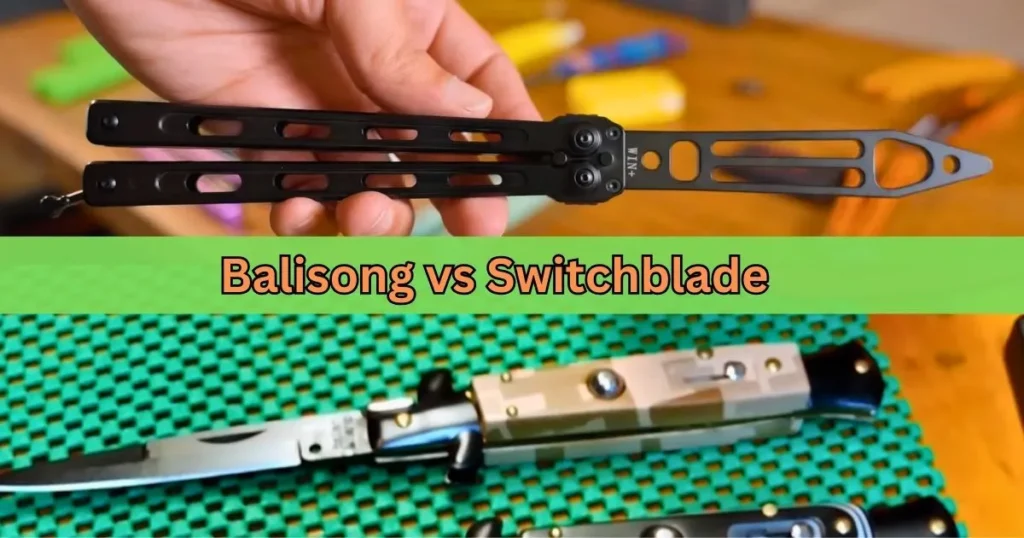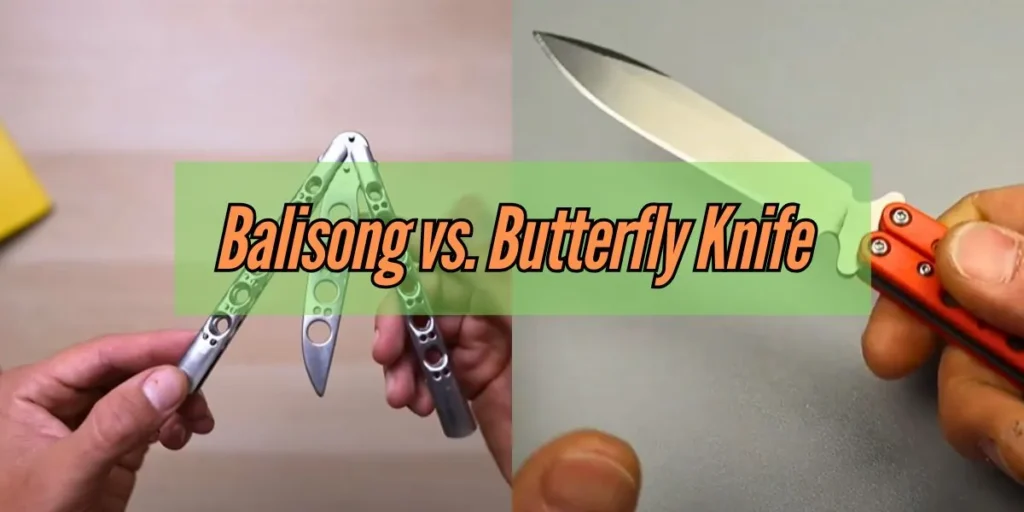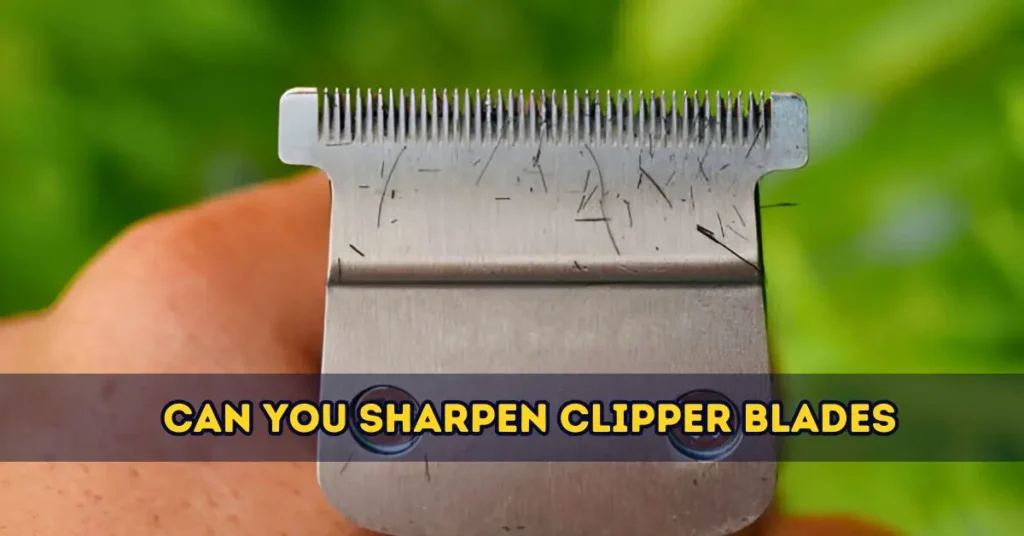How Long Can a Kitchen Knife Be Wet? A Practical Guide
Table of Contents
ToggleA kitchen knife should be kept dry for an extended period. It should be dried within minutes to prevent rust and maintain its sharpness and overall performance.

A kitchen knife is essential for chefs, whether home cooks preparing meals for family or culinary enthusiasts experimenting with the latest recipes. One of the most straightforward but critical factors in maintaining the life and performance of knives is understanding how moisture impacts them.
Can water damage kitchen knives? Absolutely. Neglecting proper care by leaving a knife wet can lead to rust, health hazards, and degradation of the blade and handle. This guide takes an in-depth look at how moisture affects kitchen knives and provides actionable tips for caring for them properly. Let’s ensure your knives stay sharp and last for years to come.
The Impact of Moisture on Kitchen Knife wet

Rust Formation
Leaving a knife wet can quickly lead to rust formation, particularly on metal surfaces that come into contact with oxygen and moisture. Rust doesn’t just tarnish the appearance of your knife—it also compromises its functionality, making it less sharp and more complicated to use.
Imagine trying to slice a ripe tomato with a blade that’s filled with rust, turning a clean, precise cut into a frustrating, squashed mess. Rust can also weaken the blade over time, reducing the lifespan of your knife and forcing you to replace it sooner than necessary.
To prevent rust, it’s essential to dry your knife immediately after washing it. A clean, dry towel wipe can make all the difference. This small, proactive step keeps your knife looking pristine and ensures it remains sharp and efficient, allowing you to tackle all your kitchen tasks easily.
A rust-free blade is more than just a matter of aesthetics—it’s an investment in maintaining the quality and performance of one of your most essential kitchen knife.
Bacterial Growth
Ever considered that a wet knife may harbor bacteria? When knives aren’t dried properly after washing. Trapped moisture provides the perfect environment for bacteria to thrive, especially in hidden spots like the tiny crevices where the blade meets the handle.
This can lead to visible rust or damage to the knife itself. And potential food contamination and health risks for you and your family. Harmful bacteria can quickly transfer from the knife to the food you’re preparing, increasing the chances of illness.
By taking a few extra seconds to dry your knife thoroughly, you’re preserving the quality. And longevity of your kitchen tools but also ensuring the safety and well-being of your loved ones. A small habit like prompt drying can make a big difference in maintaining a hygienic and healthy kitchen.
Risk of Degradation
Exposure to water for extended periods can significantly weaken the material integrity of your knife, leading to long-term damage. Metal blades, even those made from stainless steel. Can rust over time when exposed to excessive moisture, diminishing their sharpness and performance.
Handles, particularly wooden ones, are highly susceptible to warping, cracking, or splitting. When they absorb water, affecting the knife’s appearance and usability. Additionally, adhesives used to secure the blade and handle may weaken, causing the parts to loosen and potentially making the knife unsafe.
Proper care, such as washing and drying your knife immediately, is essential to maintaining its durability and performance. Don’t gamble with the lifespan of your trusty kitchen companion—moisture is not your knife’s friend, and a little extra care goes a long way in preserving its quality.
Different Knife Materials and Moisture Resistance
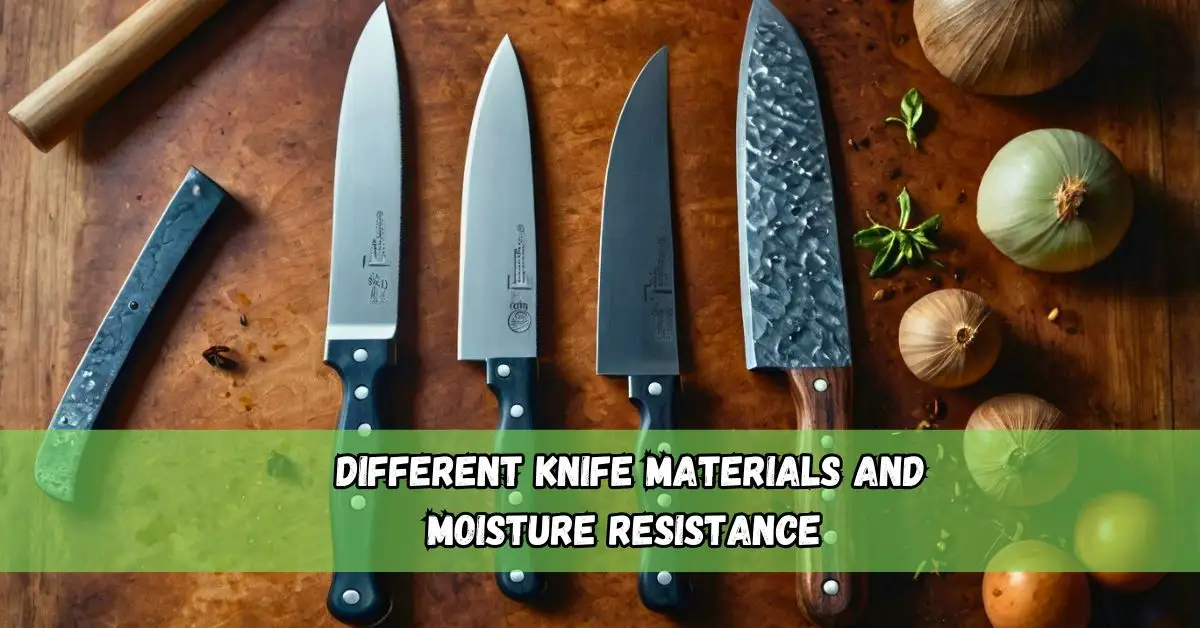
Stainless Steel
Stainless steel knives are popular because they’re highly resistant to rust, moisture, and general wear, making them a reliable option for professional chefs and home cooks. Their durability comes from the alloy’s unique composition, which includes chromium to create a protective barrier against corrosion.
While not wholly invincible, stainless steel knives can handle occasional splashes or exposure to water better than most other materials. However, to maintain their longevity and sharpness, it’s essential to dry them thoroughly after washing and store them properly to avoid unnecessary damage. With proper care, these knives can remain a kitchen staple for years.
Carbon Steel
Carbon steel knives are prized for their exceptional sharpness and edge retention. Making them a favorite among professional chefs and home cooks. They are particularly vulnerable to moisture and can rust surprisingly quickly if not cared for properly—sometimes within minutes of exposure.
To maintain your carbon steel knife and keep it in pristine condition. It’s essential to dry it thoroughly immediately after washing. For added protection, regularly apply a thin layer of food-safe oil, such as mineral or camellia oil, to the blade.
This creates a protective barrier against moisture and prevents corrosion, ensuring your knife stays sharp and functional for years. Proper care will not only extend the life of your knife but also preserve its performance and appearance.
Ceramic
Ceramic knives are an excellent option for those seeking moisture-resistant tools. As they don’t rust like traditional steel knives. This makes them ideal for humid environments or tasks involving wet ingredients.
Despite their rust resistance, ceramic knives are prone to chipping due to their brittle nature. Mainly if used on hard surfaces or to cut through rigid materials. To maintain their precision and longevity, mishandling them carefully and drying them properly after use is still essential. Proper storage, like a knife block or sheath, can also help protect their delicate edges.
Damascus Steel
Damascus steel blades, known for their striking, wavy patterns and exceptional sharpness. Are more prone to rust due to their layered construction of different types of steel. This unique composition makes them beautiful and highly functional. But it also requires extra care to maintain their quality over time.
To preserve their appearance and performance, following proper care practices is essential. Always hand wash the blade with mild soap and water. Avoiding harsh detergents or dishwashers that can damage the steel. Dry the knife immediately and thoroughly to prevent moisture from causing rust.
Applying a light coat of food-safe oil on the blade also helps create a protective barrier against humidity and corrosion. With the proper care, Damascus steel knives can remain a stunning and reliable tool for years.
Plastic Handles
Knives with plastic handles are often more resistant to water damage than wooden ones, making them a more durable choice for everyday use. Prolonged exposure to moisture can still weaken the plastic over time, causing it to lose its structure or develop cracks. Additionally, moisture can lead to a buildup of grime or bacteria in the small crevices of the handle, potentially compromising hygiene.
To maintain their longevity and cleanliness, cleaning these knives thoroughly with soap and water after each use is essential, as well as drying them immediately to prevent any moisture from lingering. Regular care will ensure your knives stay in excellent condition for years.
Best Cleaning Practices for Long-Lasting Knives

Hand Washing
Skip the dishwasher—hand washing is the safest way to clean your knives and keep them sharp and damage-free. Dishwashers can cause blades to dull over time and may even lead to accidental knicks if they shift during the cycle. Instead, follow these simple steps:
- Rinse the blade under warm water while applying a small amount of mild dish soap. Avoid using harsh detergents that could corrode the metal.
- Use a soft sponge or cloth to clean the cutting edge and handle gently. Be cautious around the sharp blade to avoid cuts—clean away from the edge, not toward it.
- Rinse thoroughly under running water to remove all soap residue, which can leave streaks or cause discoloration if left on the blade.
Once clean, dry your knife immediately with a soft towel to prevent water spots or rust from forming, and store it safely in a knife block or magnetic strip.
Dishwasher Use
Using a dishwasher may seem convenient, but it can damage your knives over time. The prolonged water exposure can weaken the blade, while the high heat can affect the knife’s handle and overall structure.
The movement inside the dishwasher can cause the blade to knock against other items, leading to chips or dullness. To keep your knives in top condition, it’s best to wash them by hand with mild soap and dry them immediately. Please avoid using the dishwasher whenever possible to extend its lifespan.
Drying Immediately
Drying immediately is crucial to prevent water spots, residue, or potential damage. Use a clean, absorbent towel to remove every last drop of moisture from the surface. Pay special attention to hard-to-reach areas, like the crevices near the handle or any decorative details, as lingering water can accumulate and cause issues over time. Taking this extra care will help maintain the item’s appearance and longevity.
Avoiding Soaking
Never leave knives soaking in water, as it can quickly lead to damage. Prolonged exposure accelerates rust formation on the blade and weakens any adhesives used in the knife’s construction, potentially causing the handle to loosen over time.
Wooden handles, in particular, can swell, crack, or warp when submerged in water. Even a 10-minute soak is enough to start harming your knives, reducing their lifespan and effectiveness. Always clean knives immediately after use and dry them thoroughly for proper care.
Effective Drying Techniques to Protect Your Kitchen Knife wet

Air Drying
Air drying is a safe method for drying knives but works best in a low-humidity environment to prevent moisture buildup, which can lead to rust or corrosion over time. Place knives on a drying rack in a well-ventilated area where air can circulate freely to air dry effectively.
Manual drying with a clean, soft towel is always recommended for optimal results and added precision. This ensures every part of the knife is thoroughly dried and minimizes the risk of lingering moisture that could damage the blade or handle.
Towel Drying
The best way to dry a knife manually is with a microfiber cloth or a soft kitchen towel, as these materials are gentle on the blade and help prevent scratches. Start by holding the knife securely by the handle to ensure safety, keeping your fingers away from the sharp edge.
Carefully wipe the blade from the spine (the dull, back side) toward the edge, moving in a direction away from yourself to avoid injury. Take your time to ensure the blade is completely dry, as moisture left on the surface can lead to rust or stains over time. Remember to dry the handle, especially if it’s made of wood, which can be damaged by water exposure.
Drying Stations
Consider creating a designated drying station with an angled drying rack that allows water to drip off quickly, keeping your kitchen organized and your tools in top shape. An angled rack ensures proper airflow for faster drying and prevents pooling water, which can lead to rust or damage, especially for knives. This simple addition can extend the life of your utensils and maintain their quality over time.
Knife Care After Wet Cleaning
After drying, carefully inspect the blade for any signs of water spots, rust, or residue, paying close attention to the edges and crevices where moisture might linger. If you notice any spots, gently buff them with a soft cloth to prevent further damage.
For added protection, it’s a good idea to lightly oil carbon steel or Damascus blades with a thin layer of mineral oil or other blade-safe lubricant. This helps create a barrier against moisture and reduces the risk of rust or corrosion in the future, ensuring the blade remains in excellent condition for years to come.
Signs Your Knife Is Damaged from Moisture
Rust Spots
Rust spots often appear as orange or brown blemishes on metal surfaces, caused by exposure to moisture and oxygen over time. To remove light rust:
- Create a paste by mixing baking soda and water until it reaches a thick, spreadable consistency.
- Apply the paste directly to the rusted area and scrub gently using a soft cloth or non-abrasive sponge to avoid scratching the surface.
- Rinse thoroughly with water and dry completely to prevent further rust formation.
For more challenging spots, repeat the process or let the paste sit for a few minutes before scrubbing.
Corrosion
Corrosion gradually eats away at the metal, causing it to lose its shine and become weak and brittle over time. This natural process occurs when metal reacts with oxygen, moisture, or environmental chemicals.
If left unchecked, corrosion can spread and compromise the structural integrity of the metal, leading to significant damage. In severe cases, professional repair or complete replacement may be necessary to restore the metal’s functionality and appearance.
Regular maintenance and protective coatings can prevent corrosion and extend the lifespan of metal objects.
Handle Warping or Cracking
Wooden handles on knives are prone to warping or cracking when exposed to water for extended periods. This happens because wood absorbs moisture, causing it to expand and weaken over time.
To prevent this damage, always ensure your knife is thoroughly dried after washing, and avoid soaking it in water altogether. Consider applying a food-safe oil to the handle occasionally to help maintain its integrity and protect it from water damage. These small steps can significantly extend the life of your knife’s wooden handle.
Best Knife Storage Practices to Prevent Moisture Damage

Magnetic Strips
Wall-mounted magnetic strips are an excellent way to keep your knives dry, well-ventilated, and easily accessible. By preventing moisture buildup, they help maintain the quality and longevity of your blades. Plus, they double as a sleek storage solution, showcasing your tools in a stylish and organized manner, making them a great addition to any kitchen.
Knife Blocks
Knife blocks are practical for keeping your knives organized and easily accessible, but they can also trap moisture, which may lead to bacteria growth or damage to your knives over time. Ensure your knives are thoroughly dried after washing before placing them in the block to prevent this.
It’s a good idea to clean the knife block itself regularly, as dust and residue can accumulate inside the slots. Consider using a small brush or compressed air to clean out hard-to-reach areas for proper maintenance.
Drawer Storage
If you store knives in a drawer, consider using blade guards or protective sheaths to keep them in good condition. These covers shield the blades from moisture and potential damage and help prevent accidental cuts when reaching into the drawer. This simple step can extend the life of your knives and keep your kitchen safer.
Protective Knife Sheaths
Sheaths provide an essential extra layer of moisture protection, helping to prevent rust, corrosion, and general wear on your blades. Creating a barrier against moisture and environmental elements ensures your knives remain sharp, durable, and ready for use.
This added protection is particularly beneficial for knives stored in high-humidity areas, such as near the coast, in damp environments, or even in steam-prone kitchens. This protection helps maintain the quality and longevity of your knives, making sheaths a valuable accessory for casual users and serious collectors alike.
Preventive Measures to Maintain Knife Quality

Oiling Blades
Lightly oiling your blades is an easy yet effective way to add an extra layer of protection against rust and corrosion, especially for carbon steel knives, which are more prone to oxidizing over time.
Applying a food-safe oil creates a barrier that prevents moisture and air from damaging the blade, helping to extend its lifespan and maintain its sharpness. Regular maintenance like this ensures your knives stay in top condition for years.
Regular Maintenance
Inspect your knife regularly for any signs of wear, such as chips in the blade, dull edges, rust spots, or loose or cracked handles. Taking the time to examine your knife ensures it remains in top condition and performs at its best. Regular maintenance, like sharpening the blade and tightening screws on the handle, not only extends the life of your knife but also keeps you safe while using it.
A dull or damaged knife can slip and lead to injuries, while a sharp, well-maintained knife allows precise and effortless cutting. Catching signs of damage early can prevent accidents, save you from costly replacements, and ensure your knife remains a reliable tool in your kitchen or workspace. A quality knife can serve you efficiently for many years with proper care and attention.
Sharpening Knives
Always sharpen knives when they’re dry to ensure the best results. Moisture can warp sharpening stones and reduce their effectiveness, leading to uneven sharpening and potential damage to your tools. Keeping the knife and sharpening stone dry helps maintain precision and prolongs the lifespan of your equipment.
Knife Coatings
Special blade coatings are a great way to enhance water resistance and protect your knives from corrosion and rust. This is especially important for high-maintenance knife materials like carbon steel, which are prone to rust if not cared for properly. By applying a quality coating, you can extend the lifespan of your knife and reduce the need for frequent maintenance, ensuring it stays in top condition for longer.
Environmental Factors That Affect Knives
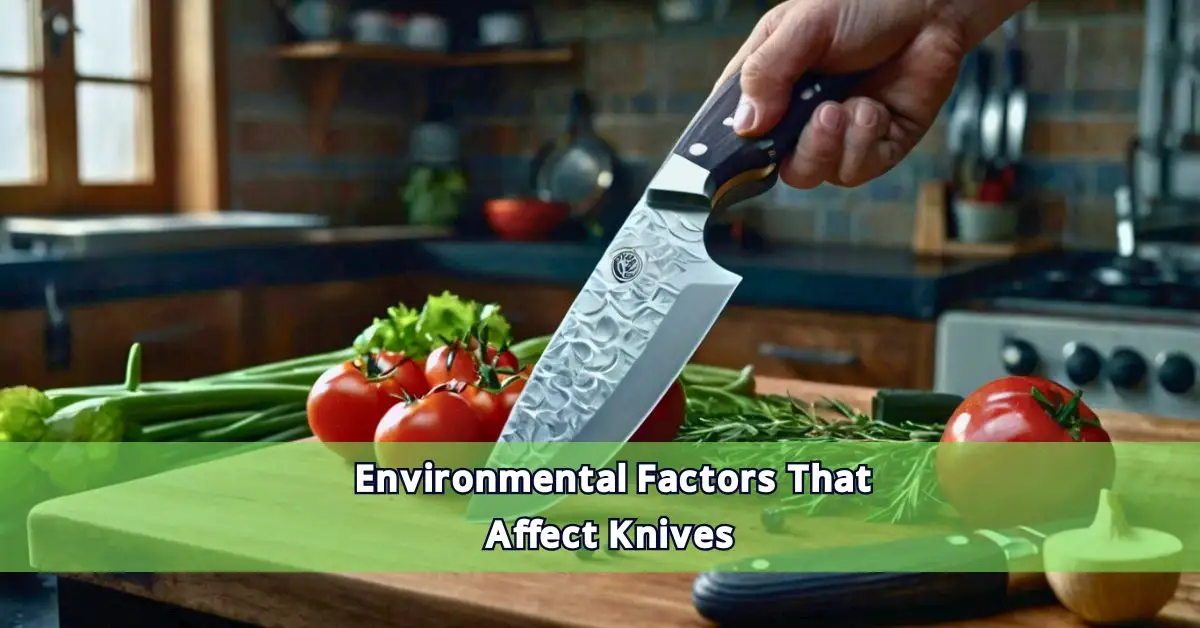
Humidity Levels
High humidity can significantly accelerate rust and corrosion, damaging your knives over time and reducing their lifespan. Store your knives in the best possible condition in a climate-controlled space where temperature and moisture levels are regulated.
For added protection, consider using silica gel packets to absorb excess moisture and prevent rust from forming. Proper storage is essential to maintaining the sharpness and durability of your knives, ensuring they stay in top shape for years to come.
Temperature Changes
Sudden temperature changes can cause materials to expand or contract, weakening the bond between the blade and handle over time. This can lead to potential cracking, warping, or even loosening of the components, ultimately compromising the tool’s durability and performance.
Climate Considerations
Different climates demand customized knife care to ensure your tools stay in top condition. For example, in humid areas, moisture can quickly lead to rust and corrosion, making it essential to thoroughly dry your knives after each use and apply a thin layer of protective oil to the blade.
In contrast, arid climates with low humidity typically pose less risk of rust, and using a durable blade coating may be enough to protect your knives. By tailoring your knife care routine to your environment, you can extend the lifespan of your blades and maintain their performance.
How Moisture Exposure Affects Knife Lifespan

Immediate Effects
Prolonged exposure to water can lead to rust spots forming on metal surfaces or the loosening of handles due to moisture seeping into joints and screws. This damage can occur within minutes or hours, depending on the material and level of exposure, potentially compromising the durability and functionality of the item over time.
Long-Term Damage
Over time, continuous exposure to moisture will lead to metal corrosion, causing rust to form and gradually deteriorating the blade’s integrity. This weakens the knife’s overall structure and reduces its sharpness and effectiveness, significantly shortening its usable lifespan and performance. Proper care and maintenance are essential to protect your knife and ensure its durability and reliability.
Longevity Tips
By following these tips, you can ensure your knife outlasts cheaper alternatives, saving you money and frustration over time. Proper maintenance—such as regular cleaning, sharpening, and safe storage—keeps your knife in peak condition, ensuring it performs effectively for years to come. A well-cared-for knife is a reliable kitchen tool and a cost-efficient investment in the long run.
Expert Insights and Recommendations

Chef Insights
Professional chefs agree—quick washing, drying, and proper storage are the keys to keeping knives in peak condition. Always wash your knives by hand immediately after use to prevent stains or corrosion, dry them thoroughly to avoid moisture damage, and store them in a knife block, magnetic strip, or blade guard to keep the edges sharp and prevent accidents.
Manufacturer Guidelines
Follow the care instructions outlined by the manufacturer to ensure your knife lasts as long as possible. Each knife material, whether stainless steel, carbon steel, or ceramic, has unique needs that should be respected. Proper cleaning, drying, and storage are essential to maintaining sharpness and preventing damage over time.
Knife Brands and Water Resistance
Some brands offer better moisture resistance features than others, which can make a big difference in the durability and performance of the product. Factors like the materials used, the manufacturing process, and specific design elements can all contribute to how well a product resists moisture.
Researching and choosing the right brand can save you a lot of hassle in the long run, protecting your investment and ensuring the product meets your needs.
Conclusion
Proper care and maintenance are crucial to the longevity of your knives. By understanding how environmental factors, such as moisture exposure, can affect your blades, you can take steps to protect them and prolong their lifespan.
Whether using a quality coating, storing them in a climate-controlled space, or following expert recommendations for cleaning and storage, every small effort adds up to ensure your knife stays sharp and efficient for years to come. Invest in good quality knives and treat them carefully; they will serve you well in all your culinary adventures.
So remember, a little extra time spent on maintenance today can save you from having to replace your knives sooner than expected tomorrow.
Happy cooking!
FAQs: How Long Can a Kitchen Knife Be Wet?
A kitchen knife should stay dry for a short time. Ideally, it should be dried immediately or within minutes to prevent rust and damage.
Prolonged moisture exposure can lead to rust, corrosion, dullness, and weakened blade integrity, reducing the lifespan of your knife.
Water can damage kitchen knives, especially if left wet for extended periods. Moisture accelerates rust and corrosion, particularly on high-carbon steel blades.
Moisture promotes rust and dulls the blade. It can also seep into handles, especially wooden ones, causing them to weaken or crack over time.
Use a clean, soft towel to dry your knife immediately after washing. Avoid air-drying as it can leave water spots and increase the risk of rust.
While stainless steel is more rust-resistant, it is not entirely rustproof. Prolonged exposure to water or improper care can still cause corrosion.
Yes, washing your knife immediately after use prevents food particles and moisture from damaging the blade and helps maintain its sharpness.
To prevent rust, dry your knives immediately after washing, avoid soaking them in water, and store them in a dry place, such as a knife block or magnetic strip.
No, leaving your knife in the sink exposes it to water for too long, increasing the risk of rust and dulling the blade. Wash and dry it immediately.
Related Posts
-
 17 Dec 2024 KnifeThe Ultimate Guide on How to Date Buck Knives
17 Dec 2024 KnifeThe Ultimate Guide on How to Date Buck Knives -
 17 Dec 2024 KnifeHow Old Is My Buck Knife? A Comprehensive Guide
17 Dec 2024 KnifeHow Old Is My Buck Knife? A Comprehensive Guide -
 16 Dec 2024 KnifeBalisong vs Switchblade: Which Knife Suits Your Needs Best?
16 Dec 2024 KnifeBalisong vs Switchblade: Which Knife Suits Your Needs Best? -
 16 Dec 2024 KnifeBalisong vs Butterfly Knife: What’s the Real Difference?
16 Dec 2024 KnifeBalisong vs Butterfly Knife: What’s the Real Difference? -
 13 Dec 2024 KnifeCan You Sharpen Clipper Blades? A Complete Guide
13 Dec 2024 KnifeCan You Sharpen Clipper Blades? A Complete Guide -
 12 Dec 2024 KnifeCan You Ship Knives Through USPS? A Comprehensive Guide
12 Dec 2024 KnifeCan You Ship Knives Through USPS? A Comprehensive Guide -
 10 Dec 2024 KnifeWhat Grit Whetstone for Kitchen Knives? Expert Tips Inside!
10 Dec 2024 KnifeWhat Grit Whetstone for Kitchen Knives? Expert Tips Inside! -
 07 Dec 2024 KnifeHow Long Can a Kitchen Knife Be Wet? A Practical Guide
07 Dec 2024 KnifeHow Long Can a Kitchen Knife Be Wet? A Practical Guide -
 05 Dec 2024 KnifeHow to Sharpen a Sickle Like a Pro: Expert Tips
05 Dec 2024 KnifeHow to Sharpen a Sickle Like a Pro: Expert Tips -
 05 Dec 2024 KnifeHow to Sharpen Titanium Coated Knife - Expert Tips
05 Dec 2024 KnifeHow to Sharpen Titanium Coated Knife - Expert Tips



